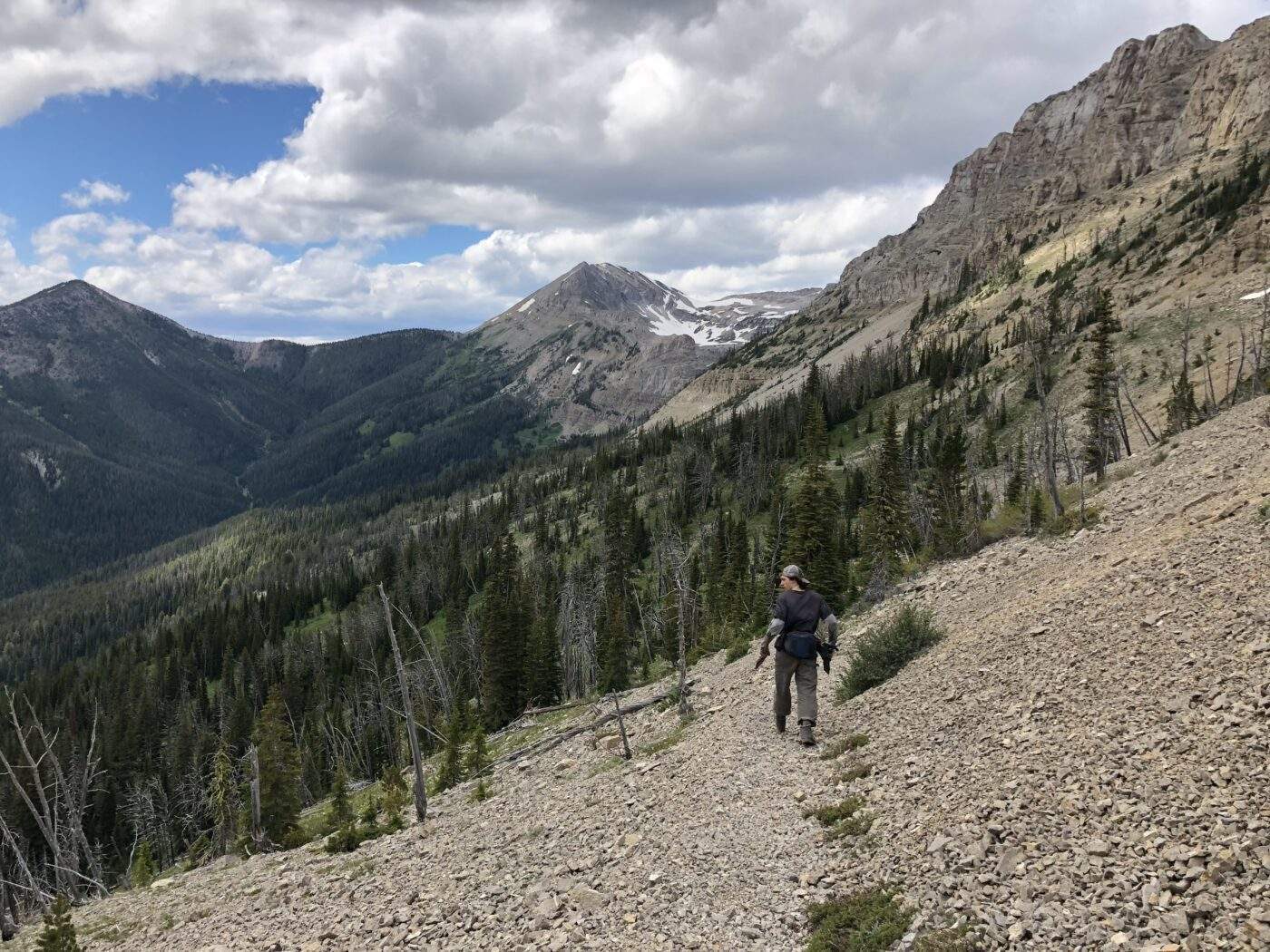
To me, Earth Day is an opportunity to reflect on our individual relationships to global systems. The adage goes, “Think globally and act locally”, suggesting we should consider the broader implications of our actions on our global community and the intentionality of the decisions we make as consumers, humans, and Americans.

To understand these identities more clearly, it can be helpful to reflect on why your relationship to a process, practice, or place is meaningful and what context guides the way you interact with, or project, those identities. One place which always grounds me is Montana’s Blackfoot Valley.

Like Plumas County, this corner of the Treasure State is rugged and untamable. The southern flank of the Bob Marshall and Scapegoat wilderness areas stand guard to a place which harbors a brutal mysticism. In those remote glacial valleys one may render themself to an intentionally non-human world and find themselves bound to the place by the spirit of all things – quelling the sense of worldly and ecological homelessness which underlies our domesticated, westernized psyches.

I have worked on, sweat through, ran up, swam in, and gawked at the spirit of this place. It humbles me to consider the complexity of such a landscape and the daunting task of restoring wholeness to a world so very different from that which lies within the arbitrary lines of public land.

Across the west, the muddled waters of conservation strip topsoil from burn scars and pass through seeping mines and sapling choked forests – a journey through the outcomes of our stewardship which illustrates how our piecemeal attempts to conserve and restore the special places mean naught without the consideration of entire landscapes, ranges, and watersheds and the varied scales at which we interact with land.

It is apparent that we need to work harder to unite ourselves in support of our common denominator; the people on whom we depend and the landscapes which support them. Developing this deep sense of reciprocity is essential in laying the foundation for grassroots, community-based conservation at the rural/ urban-wildland interface and will be vital for surviving as we walk together into this hotter, drier century.

